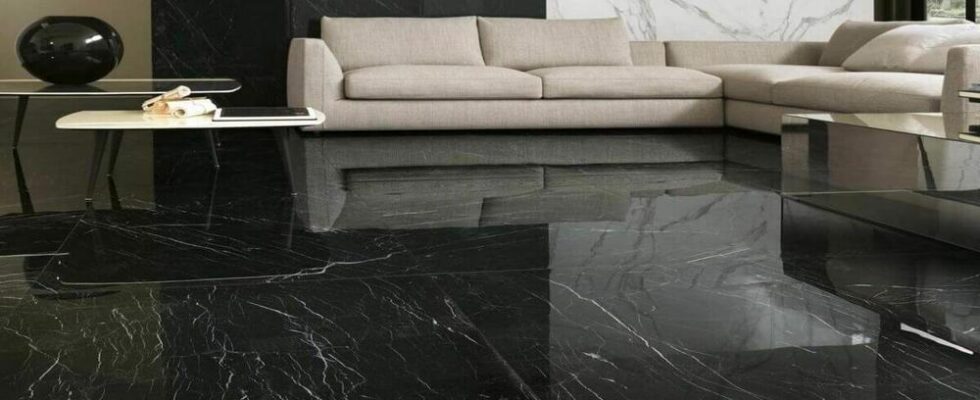Granite flooring is a popular choice for homeowners due to its durability, aesthetic appeal, and low maintenance requirements. However, before embarking on a granite flooring project, it’s important to consider the cost implications. Let’s talk about the cost consideration process for granite flooring that will help you to finalize your decision.
Material Cost
The cost of granite flooring primarily depends on the type and quality of granite selected. Granite is available in various grades, with higher grades often commanding a higher price. Additionally, the cost can vary based on the color, pattern, and thickness of the granite slabs. It is advisable to visit multiple suppliers and compare prices to ensure you get the best deal without compromising on quality.
Installation Cost
The installation cost of granite flooring includes labor charges, adhesive materials, and tools required for the job. The complexity of the installation, such as the size and shape of the area, can impact the overall installation cost. It is recommended to hire professional installers experienced in working with granite to ensure a high-quality installation that will last for years to come.
Subfloor Preparation
Before installing granite flooring, it is essential to have a sturdy and level subfloor. If your existing subfloor requires repairs or leveling, it will add to the overall cost. Uneven subfloors can lead to cracking or damage to the granite over time, so investing in proper preparation is crucial.
Additional Materials
Apart from the granite slabs, there are other materials you might need for your flooring project. These may include grout, sealant, underlayment, and transition strips. The cost of these additional materials should be factored into your budget to avoid any surprises.
Maintenance and Upkeep
While granite is known for its durability, it still requires regular maintenance to preserve its beauty and longevity. This includes sealing the granite periodically to protect it from stains and moisture. Consider the cost of maintenance products and professional cleaning services when planning your budget for granite flooring.
Removal of Existing Flooring
If you have existing flooring that needs to be removed before installing granite, it will add to the overall cost. The complexity of the removal process, type of existing flooring, and disposal fees should be considered.
Customization and Design
If you have specific design requirements, such as intricate patterns or custom shapes, it may increase the cost of your granite flooring. Customization often requires more labor and expertise, which can impact the overall project cost.
Long-Term Investment
While the initial cost of granite flooring may be higher compared to other flooring options, it is a long-term investment that adds value to your home. Granite is highly durable and can withstand heavy foot traffic, making it a cost-effective choice in the long run.
In conclusion, when considering granite flooring, it’s essential to evaluate the various cost factors involved. By taking these factors into account and working within your budget, you can enjoy the beauty and durability of granite flooring for years to come.


